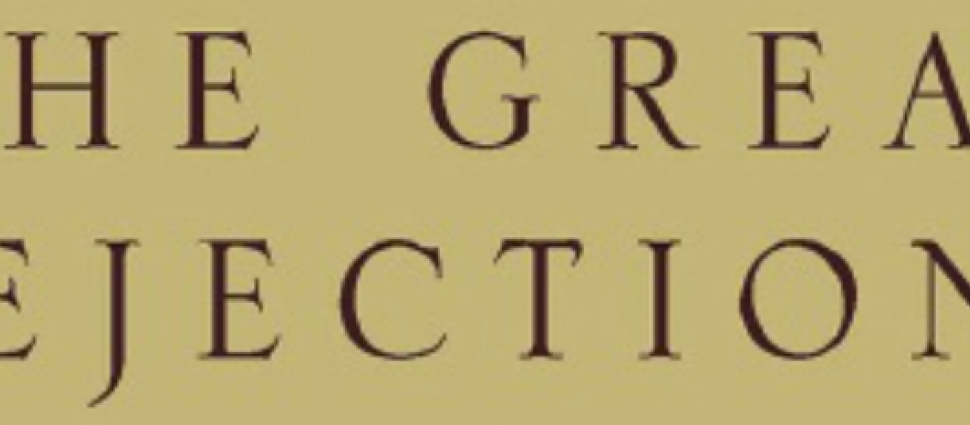The Anglican Conscience (3)

Jul 1, 2016
“So Jesus also suffered outside the gate in order to sanctify the people through his own blood. Therefore let us go to him outside the camp and bear the reproach he endured.” (Hebrews 13:12-13)
We’ve paused at the half-way point in our reading of the Puritan Paperback, Sermons of the Great Ejection, to answer a question concerning “The Great Ejection” of 1662: Why were up to nearly 20% of Church of England ministers silenced from preaching and teaching by law and so lose their parishes or positions? You may read the first and second part of the answer in previous posts.
The third part of our answer highlights the tensions in how we understand the Anglican Puritan movement as a whole. In other words, what historical evidence establishes the categorization of Anglican Puritan movement in the English Reformation to 1662 as “something other than Anglican?" The last forty years of English Reformation scholarship has been built on the insights of Arthur Dickens, Geoffrey Elton, and Patrick Collinson that has led students from the pages of sermons, letters, and tracts and treatises of Anglican divines, courtiers, and politicians to the forgotten folios of visitation act books and sheaves of consistory cause papers. In these under-used resources was recorded not the Reformation of the Court, London or Oxbridge colleges, but the Reformation of the people in the parishes of England. And it has proved possible to trace the impact and the growth of reformed theology and thinking. What we find is real diversity in the counties and parishes of the reformed Church of England. There were serious, godly, and conscientious Anglican Puritans who did conform and remained serious, godly, and conscientious Anglican Puritan ministers.
One famous example of a conforming Anglican Puritan is William Gurnall, rector of St. Peter and Paul, Lavenham in Suffolk and the author of Puritan classic, The Christian in Complete Armour, the one book that John Newton said he would chose if confined to one book beside the Bible. Other conscientious Anglican Puritans were ejected but were willing to conform. They were ejected because they had to give way to their predecessors being restored to their previous positions. These Anglican Puritans were able to find other significant positions in the Church of England. An example of one of these is Thomas Horton, Professor of Divinity, President of Queen’s College, and Vice-Chancellor of Cambridge University. Horton was a solid Puritan who became rector of St. Helen, Bishopsgate after his ejection from the presidency of Queen’s to make room for the returning Edward Martin. His biographer, John Wallis, who had Horton as his tutor at Cambridge, says he was, “…a pious and learned man, an hard student, a sound divine, a good textuary, very well skilled in the oriental languages, very well accomplished for the work of the ministry, and very conscientious in the discharge of it.”
Some good men were ejected and later conformed because they held parishes far from London. Meet the Puritans friend and contributor, Lee Gatiss, writes of Richard Kidder, who was deprived of his parish for nonconformity, but in his “Autobiography states that he did not receive a copy of the new Prayer Book till September 1662: though ‘intirely satisfied in Episcopacy, and with a liturgy.’” Lee underlines that this was a problem in many places since, as Edmund Calamy writes,
“the Common Prayer book with the alterations and amendments… did not come out of the press till a few days before the 24th August. So that of the seven thousand ministers in England who kept their livings, few, except those who were in or near London could possibly have a sight of the book with its alterations, till after they had declared their assent and consent to it!”
Provision was later made later for men like Kidder, who afterwards was able to conform and serve as Rector of St. Martin, Outwich, eventually becoming Bishop of Bath and Wells in 1691.
It is not that long ago that you could pick up any respectable history of the late 16th to mid 17th century England to read of the binary “Anglicanism” and its nemesis “Puritanism.” Indeed, as the Anglican church in North America struggles to form an identity, the two opposing categories are very much alive. Therefore in my forthcoming fourth part of The Anglican Conscience, I will challenge this outdated taxonomy.





